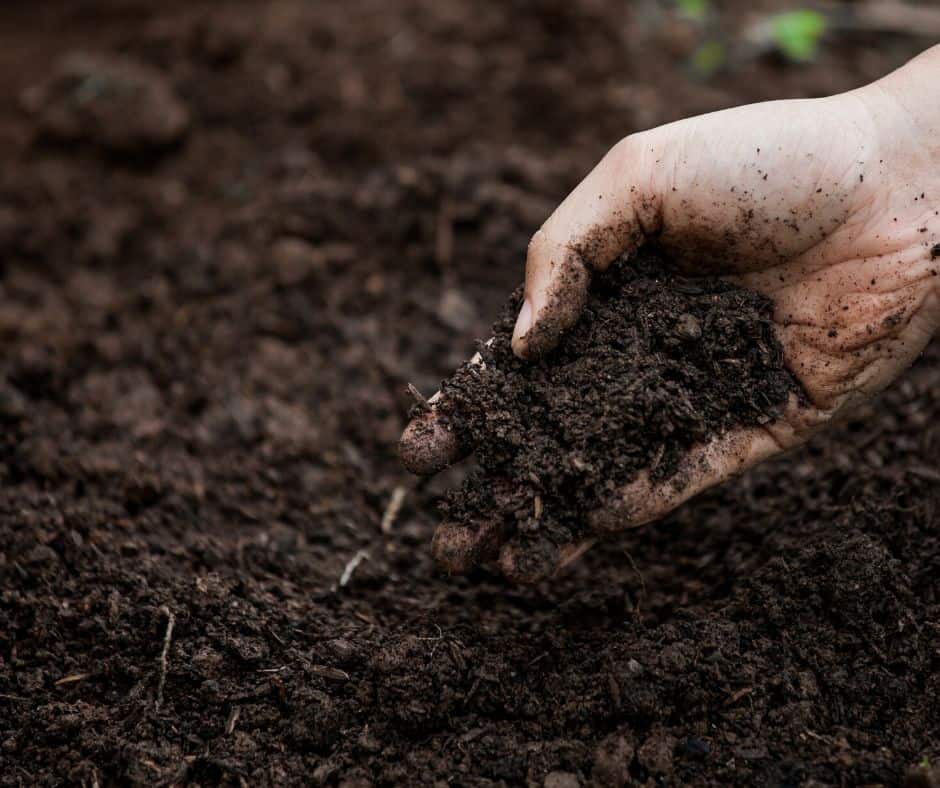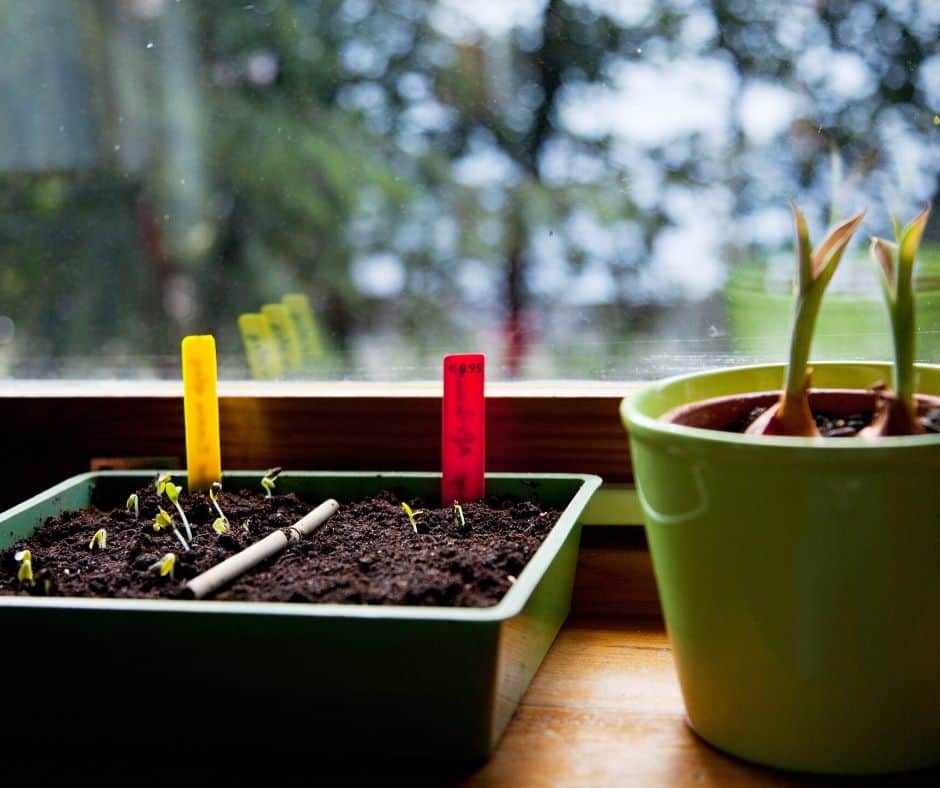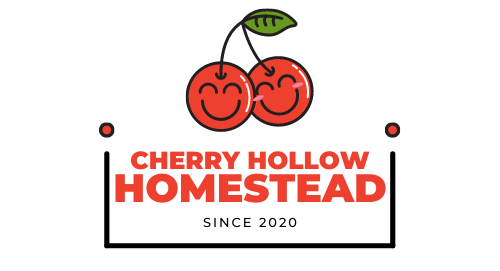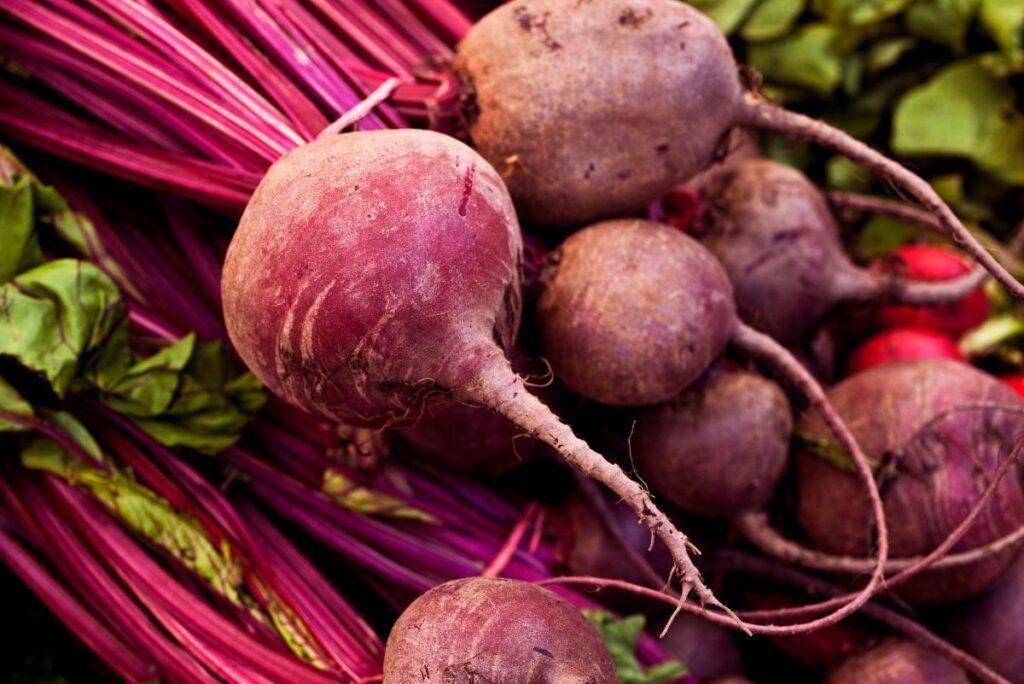If you want to extend your growing season past your summer harvest, then keep on reading and learn how to plant a fall garden.
While summer is prime gardening season, there’s no reason you can’t extend your harvest a few extra months! Planting a fall garden is a simple way to keep growing even after the heat of summer has passed.
There are a variety of delicious vegetables that are perfect for a fall garden, which means you can enjoy fresh veggies for months to come! Starting your own fall garden is pretty simple – here’s how to plant a fall garden.

Fall Garden Essentials
While planting a fall garden is easy, there are a few qualities your garden needs to be successful. These three characteristics are must-haves when planting a fall garden:
- Sunlight. Your fall garden will need at least some sun to grow, so it’s a good idea to make sure your garden sees at least a few hours of direct sunlight throughout the day.
- Hearty soil. Whether you’re planting in the summer or the fall, your garden needs a foundation of hearty soil to grow. Your fall garden’s soil should be reach in minerals and well-draining to ensure your plants are healthy throughout the growing season.
- Water. Even if the weather is cooler in the fall, your plants will still need plenty of water to grow. Make sure you have a way to water your garden when rain isn’t in the forecast.
Prep the Garden
If you’ve been working on your garden all summer, most of the hard work is behind you. But if you plan to start a new garden this fall, you’ll need to do a little prep work first.
Start by clearing the debris and vegetation from the area you’ll plant, then loosen the soil with a garden tiller or hoe. After the ground is ready, you can start planting.
While you may think you need to wait until the heat of summer has passed to start planting fall veggies, you’d be wrong. The best time to start planting your fall garden is in mid to late summer.
The key to knowing when to plant your fall crops is to understand how long your plants will take to mature. Each fall crop has a lifespan, which should be apparent on the seed packets you’re planting. Look on the back of the package to find the plant’s “days to maturity.”
That time frame will help you determine when you need to start planting. In addition to knowing how long your plants will take to mature, it’s also important to know when the date of the first frost will be in your area.
To find this date, you’ll need to know your gardening zone. Then, you can look up your local frost date using that information.
You can also put your zip code in here and it will tell you the first and last frost dates.
As a rule, you should plant your fall crops so that they have time to reach maturity before the first frost in your area.

Clear Out Summer Crops
To have a successful fall garden, it’s important to clear out as many of your summer plants as you can.
Planning your fall crop will hinge on knowing which summer plants will be ready to harvest around the time you’ll need to plant your fall plants. Harvest all your spring and summer crops as soon as possible and remove the stalks to make room for your fall plants.
Start Seeds Indoors
To get a jump on fall planting, consider starting your seeds indoors during the summer months. Start your seeds in a high-quality organic seed starter and lightly water the soil.
Keep the soil damp, but not wet, as your seedlings grow. When they’re strong enough to be transferred to the garden, take the time to harden off your seedlings to prepare them for the weather outdoors. Then, transfer the plants to your garden’s soil when they’ve had time to adjust.
The Best Plants for a Fall Garden
Knowing which plants are best grown in a fall garden is another key to having a great fall harvest. While some garden plants, like tomatoes and peppers, thrive on heat, other garden plants grow better when the weather is cool.
These cool weather plants are perfect for growing in a fall garden:
- Beets
- Carrots
- Onions
- Broccoli
- Cauliflower
- Salad greens
- Asparagus
- Garlic
- Scallions
- Spinach
- Brussels sprouts
- Kale

Consider Planting Perennials
With cool weather approaching, a fall garden is also a great time to add some perennial plants to your garden. Vegetables like asparagus or fruits like strawberries will come back year after year, making them a great choice for perennial gardens.
While you won’t be able to harvest these plants until next spring, getting a head start on your summer gardening is always a good idea!
In addition to perennial veggies, you can also add some perennial herbs to your fall garden. Herbs like mint, oregano, thyme, sage, lemon balm, chives, rosemary, and sage will thrive in the cool weather. And planting them in the fall will help the herbs establish their root system, so they’ll come back well established during the summer growing season.
There you have it! You have everything you need for a successful fall garden. Except for the seeds, that is!

